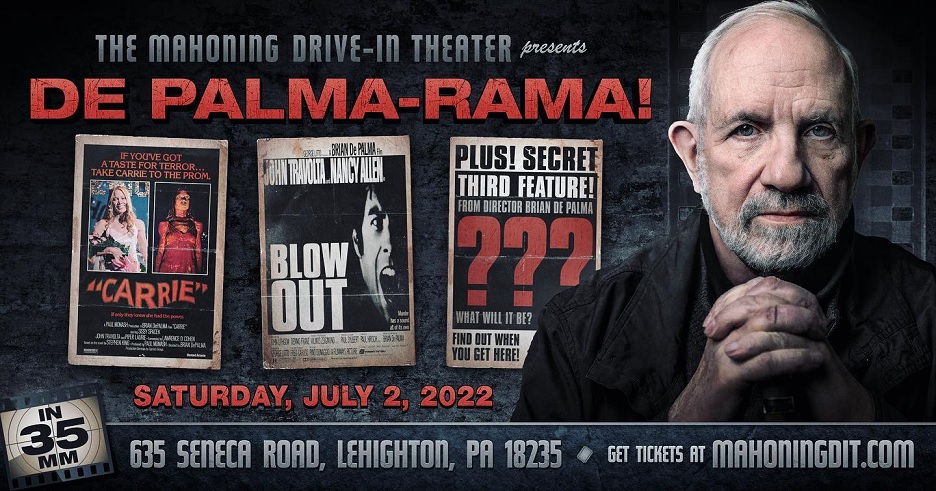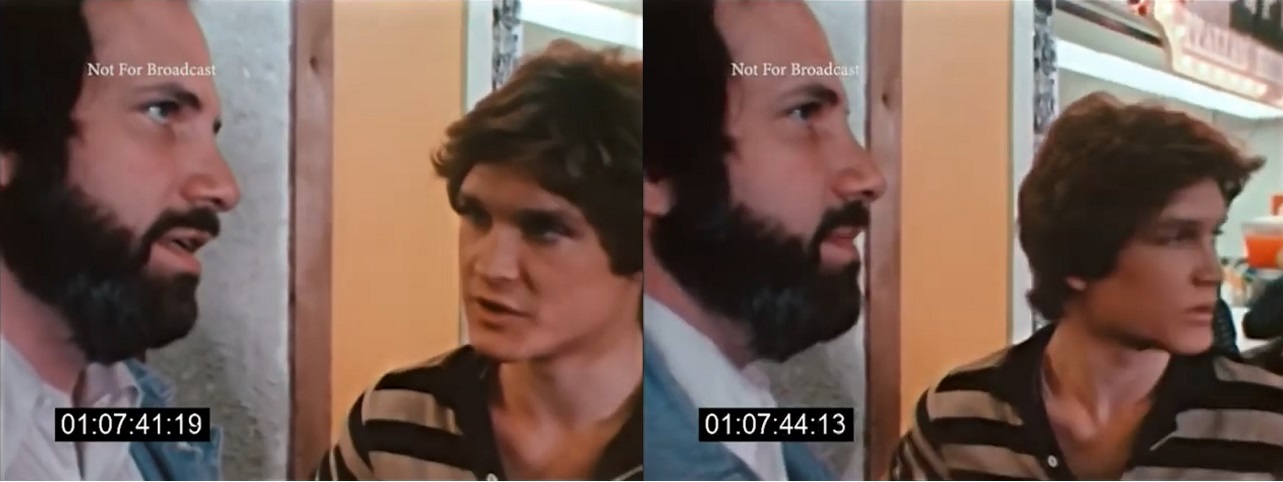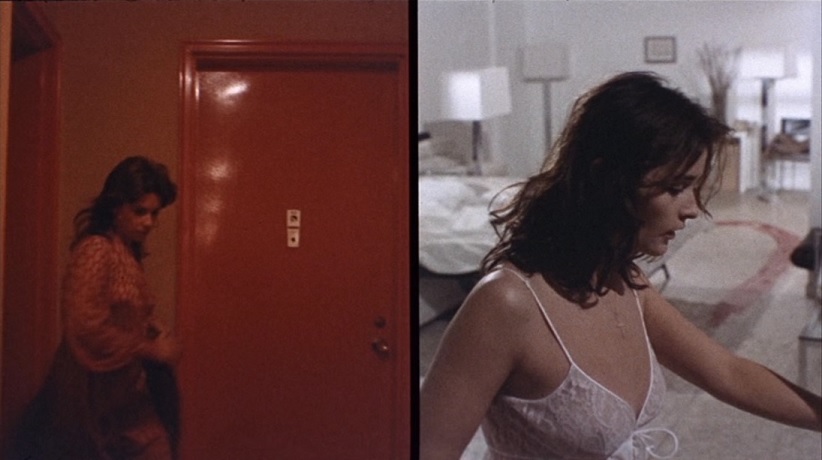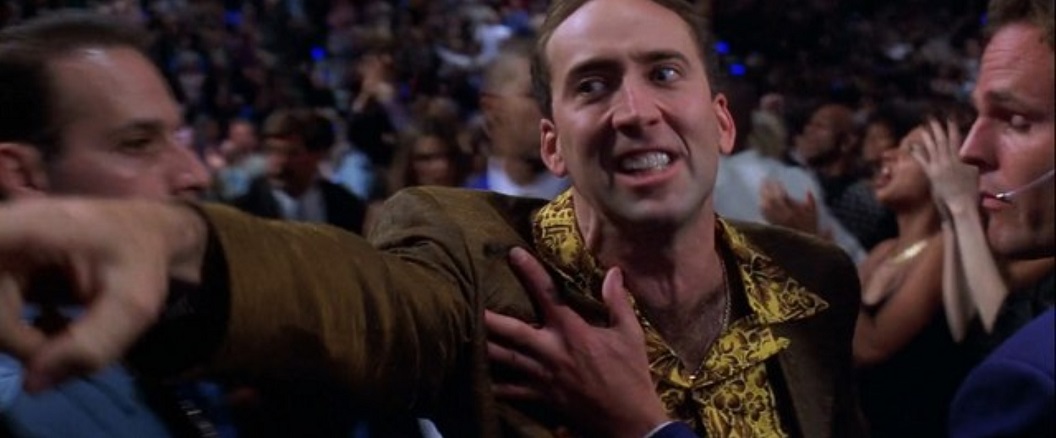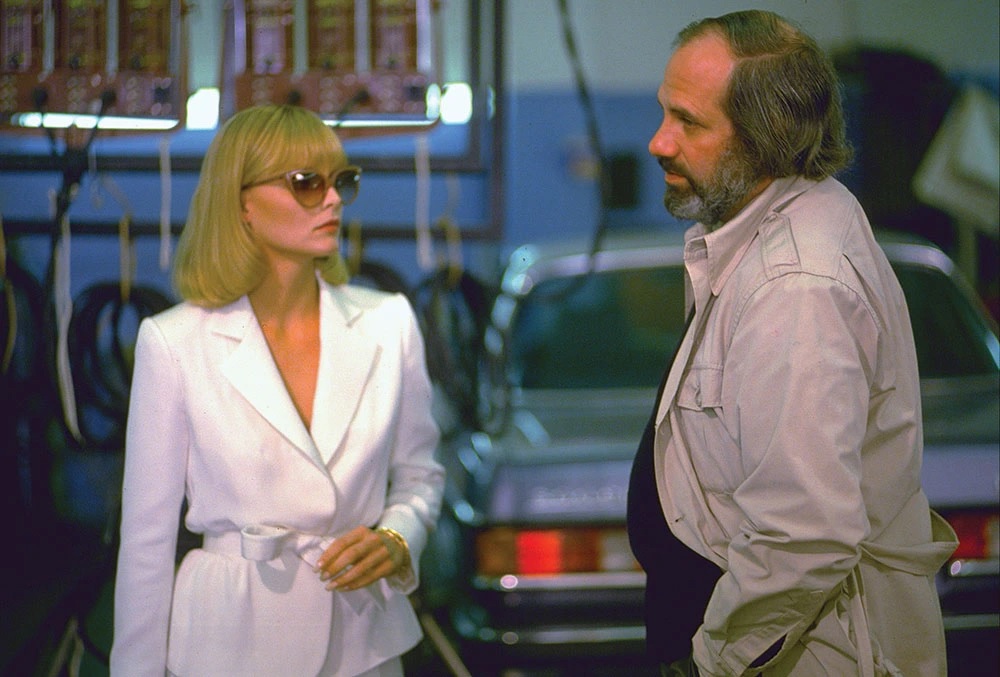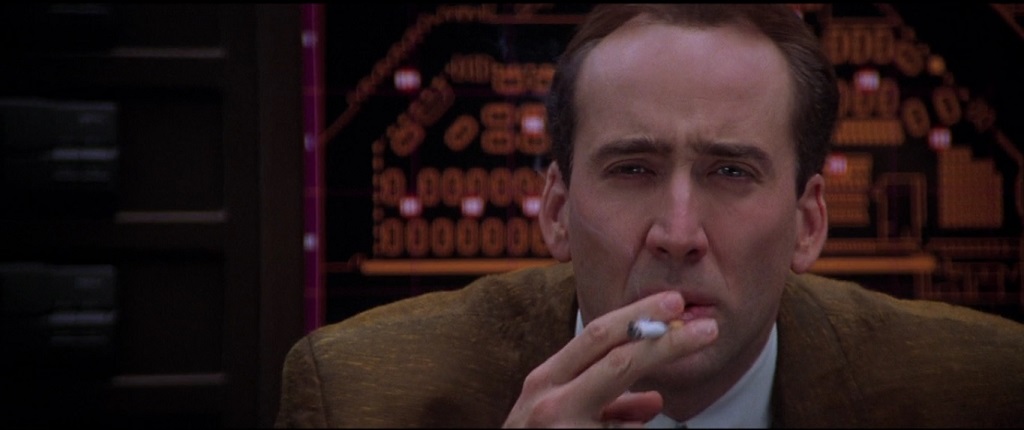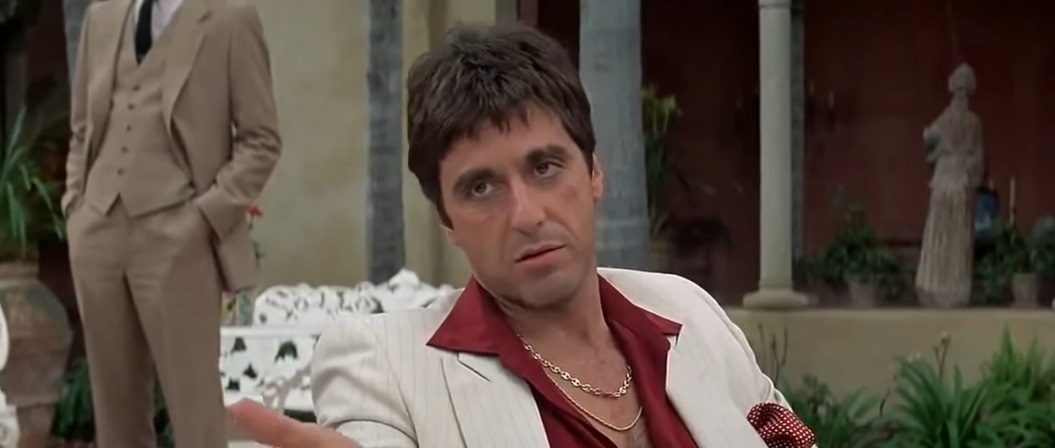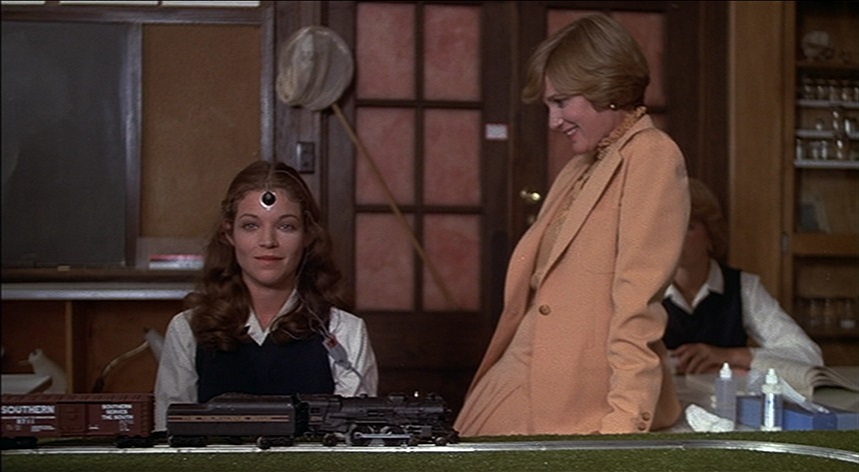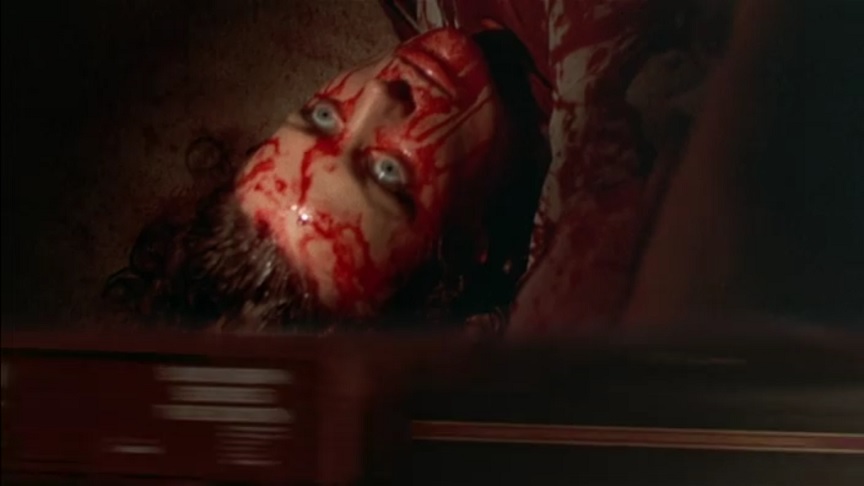Tommy was played by William Katt, who grew up in the Valley, his parents Bill Williams and Barbara Hale both actors. Now 71, he still can’t get over how different he was than the usual prom king — which, of course, is exactly why he was so good as Tommy. “I didn’t go to my own prom,” Katt tells me. But as luck would have it, after he graduated from high school he went to the proms of girls he was dating. “I ended up going to about three proms, and they were horrible. I never enjoyed going to the proms, and I just remember wanting to leave as quickly as I could. I have an aversion to being around a lot of people, and that started at a very young age — I didn’t like to be in a large group. But at the time, my dates, that’s what they wanted to do, and I wanted to appease them, so I would go.” Katt’s always been a good-looking guy, though: Was he voted prom king at any of those later dances? “No,” he says with a laugh. “Usually, that was toward the end of the night when they would do that, and I was typically gone before then. [I did not] hang around with those kinds of people that would be running for prom king or queen. Usually those were the jocks, you know?”
What’s funny is that Katt actually was something of a jock — or, at the very least, he played sports. “I was a benchwarmer on the basketball team because I never got to be tall enough, but that’s about it,” he says. “After that, I just hung out with the musicians and the stoners. I didn’t date much in high school. [I was focused on] music and surfing. I was surfing on a team and doing surfing events on the weekends. That was the most important thing in my life — that and playing music and smoking joints. I didn’t know what I wanted to do at that time.”
Eventually, he got into the family business, switching from pursuing a music career to becoming an actor. He wasn’t dreaming of stardom, just steady work. “I love the theater,” he says. “That’s where I started, South Coast Repertory. Most of my career, I had done a play at least once every year or two years. But at that time, I was just happy to make a living.”
Many know that Katt was one of many up-and-coming actors who auditioned to play Luke Skywalker in the original Star Wars. Around the same time, though, he also tried out for Tommy. “I knew I was out of the running for George’s film, and then Brian’s screen test came shortly thereafter. I forget the studio where we did it, but I did some reading with Amy Irving — that’s mainly who I did my screen test with. I don’t even remember screen-testing with Sissy, to be honest. I remember seeing everybody there, her and John [Travolta, who played the snide Billy Nolan] and Nancy [Allen, who was Chris Hargensen, the leader of the mean girls] and some of the other people, but I don’t recall actually doing a screen test with Sissy.”
Katt had known Irving, who played his onscreen girlfriend, before their screen test. “She had been studying in England, and when she got back to the States, we had mutual friends,” he recalls. “We hooked up and dated briefly, but mainly we were friends. We stayed friends for an awful long time.” But whatever Katt did during his audition worked for De Palma, even though Katt didn’t feel like he had much in common with the character. “It was a revelation to me that Brian would cast me as Tommy Ross because I was the antithesis of that,” he admits. “Maybe he was making a statement. It was the mid-1970s, and I think things were changing, how we thought about who our heroes were.”
But that wasn’t the only way in which Katt, who doesn’t consider himself a big horror guy, wouldn’t have seemed like a natural fit. He had read King’s novel — “I briefly skimmed the book, to be very perfectly honest” — but when he took a look at the script, “I didn’t really realize it was a horror film. It felt to me like a morality tale. It was the story of the ugly duckling, and the ugly duckling gets superpowers. And all these people get their comeuppance from treating this girl so badly and bullying her.”
When I ask about conversations he had with De Palma about the character, Katt replies, “We did about a week or two of rehearsals in his apartment in Hollywood. We would get together and do the scenes and improv, and he would make changes to the script. Once we got to shooting, though, he had done all the work with the actors and he was really all about the camera and lighting and everything else.”
Katt has talked about how he modeled Tommy’s demeanor off some of the football players he knew in high school, giving the character the same swagger. But he confesses that he didn’t necessarily torture himself to figure out how he could make someone so unlike him come to life.
“I had done a lot of theater before then,” says Katt, who was 24 when he filmed Carrie. “I had worked at the Taper and whatnot. I studied with Gordon Hunt in his scene-study classes. I did all that stuff. So I’d like to say, ‘Yeah, I dug in…,’ but that would be false. Really, all I did was, it was a lot of me. I think I am a nice guy. I try to be nice to everybody that I meet and gracious and always have my best intentions to like somebody and have them like me.”
He credits his mom and dad for shaping that part of his personality. “My parents were both just great people,” he says. “They were full of grace, and they were generous and gracious and just kind to everybody. I guess that’s the way I grew up.”
From Tommy’s first scene, when Carrie nervously mentions in the back of the classroom that she likes his poem — later, we’ll learn he plagiarized it — he seems to genuinely take a shine to her, no matter how uncool she is. He’s initially confused by Sue’s request for him to ask Carrie to prom, but he gets on board with the plan pretty quickly. And even when Tommy’s first attempt to ask her out fails — Carrie thinks it’s a trick — he keeps at it, the two starting to hit it off over prom night.
“You see certain people that you wouldn’t expect would ever end up together, and then they do because they’re exact opposites,” Katt says of Tommy and Carrie’s surprising rapport. “There’s something about the chemistry that works.” It wasn’t hard for him to build a connection with Spacek, who received a Best Actress Oscar nomination for her role. “I really liked Sissy, not in a romantic way, but just as a person, as a friend, who she is when she’s not on camera.” In fact, Spacek was already married to her husband Jack Fisk, an Oscar-nominated production designer who handled Carrie’s art direction. “She’s just lovely,” Katt says. “You can’t help but like her. So I just tried to let myself like the person I was talking to.”
Carrie exudes an almost clinical detachment to its characters, viewing them like lab rats or specimens in a Petri dish. The effect is alienating, which is the point, amplifying the queasy unease that’s a signature of high school. The normal rituals of teenage life — dating, going to class, playing sports, attending prom — are shot with such chilliness that De Palma invites us to see how surreal and awful these adolescent rites of passage actually are. Even Tommy’s garish prom tuxedo feels like a sly commentary on the requisite high-school-dance uniform.
Katt insists he had no input on his frilly tux. “They chose that,” he says, laughing. “It was horrible. There was tackiness about it, but it really spoke to that era. It was an actual tux — it wasn’t uncomfortable, but it was kind of clownish.” He can, however, proudly claim credit for his terrific mane of curly blond locks. “[That’s] my hair just the way it grew out of my head — curly and twisted like my brain,” he jokes.
Like Katt, Spacek was well into her 20s when she made Carrie, and while they look older than their characters’ actual age, it lends them a certain maturity that separates them from the often shallow and thoughtless teens around them. In King’s book, Tommy comes across as a bit of a dope — or, put more kindly, the typical horny teenager. But in the film, there seems to be a hidden depth to the guy — maybe something he hasn’t himself yet realized — and he locates it by spending time with Carrie. Between Carrie’s hellish home life tormented by her religious-fanatic mother (Piper Laurie, who was nominated for Best Supporting Actress) and the social anxiety of high school, she doesn’t have many safe spaces. As a result, Tommy becomes a welcome oasis amidst an inhospitable terrain of cruelty. To their shared surprise, they find something in each other that no one else in the world can give them.
“I think Brian wisely decided that the audience had to like these people,” says Katt. “We had to think that Carrie and Tommy might have worked out. That she could fall in love with him.” He points to one of Carrie’s most memorable moments, in which they’re slow-dancing at the prom, the camera rotating around them in a dizzying, euphoric 360-degree fashion. “That’s a great scene,” Katt says. “They start spinning around each other. We end up laughing, and I think that’s the moment when Tommy [thinks], ‘I really like this girl.’ And I think Carrie felt the same. And the audience is going to buy it — you really cared about these people. So when the bucket comes down on their heads, it’s horrifying.”






